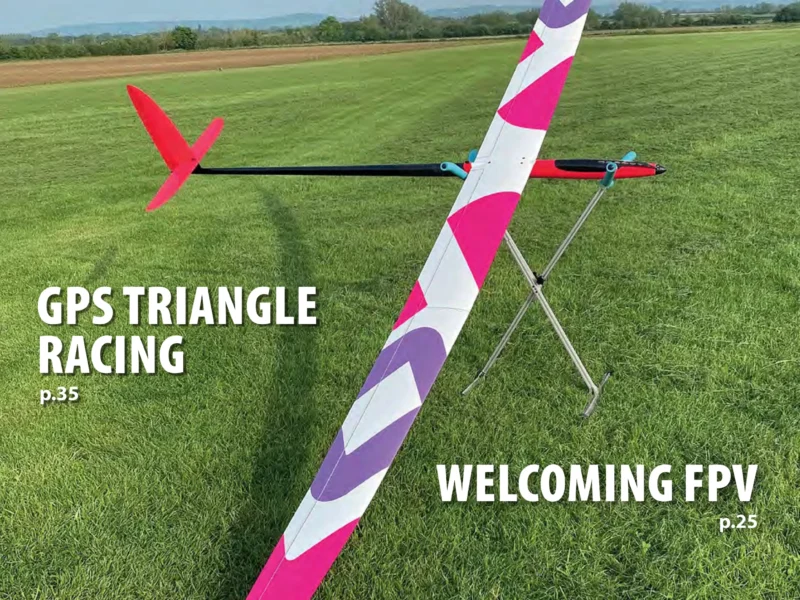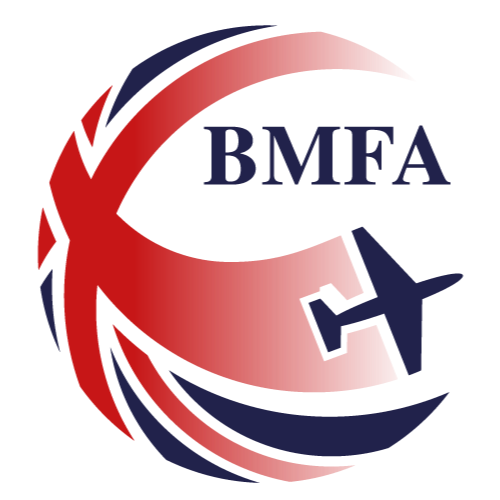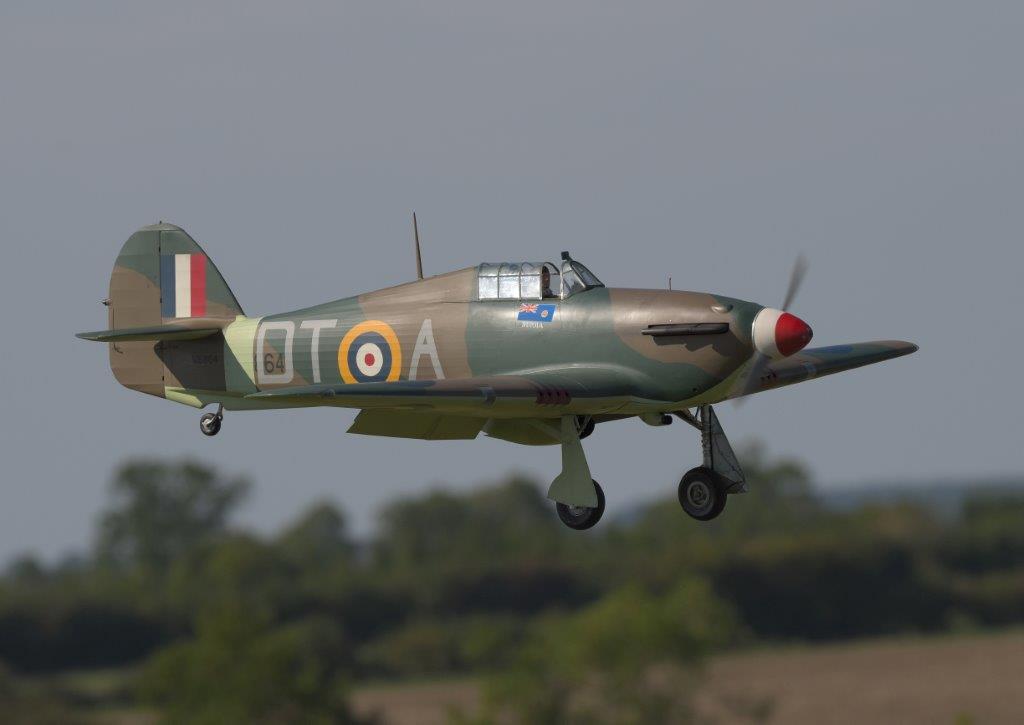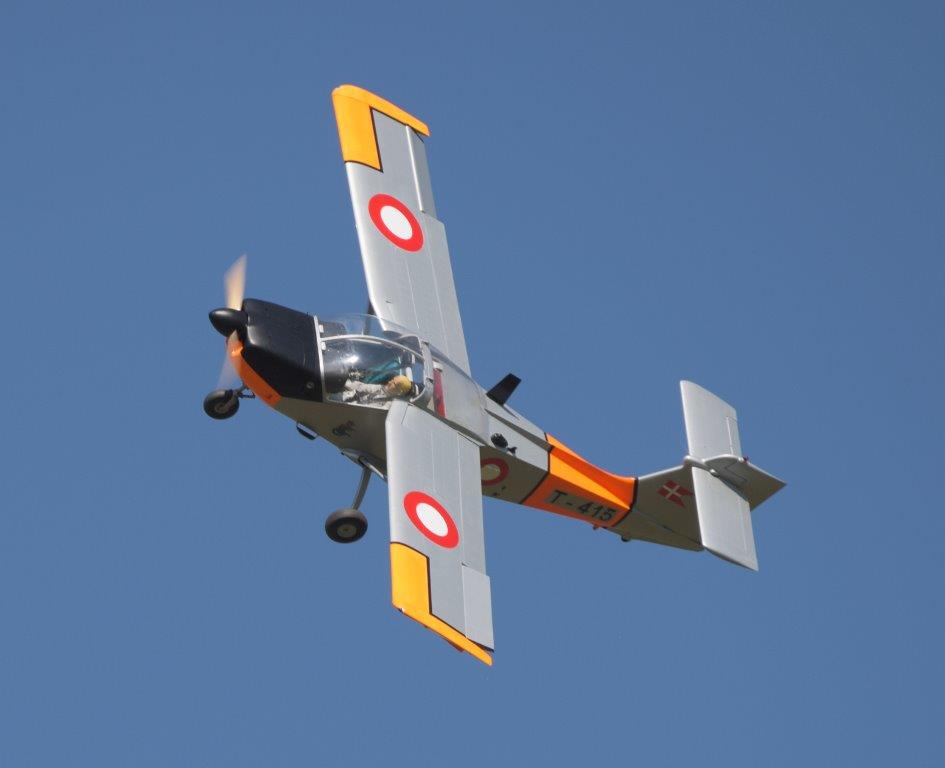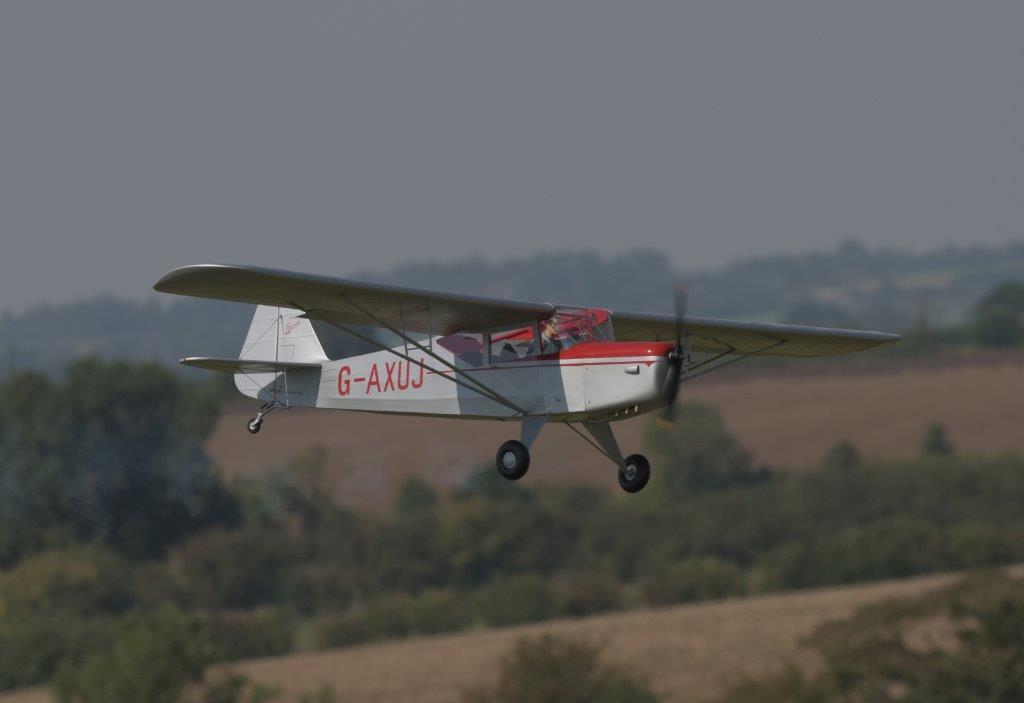Did you know that the Great Britain F4, (Scale), Team have won the World Championships for Scale Model Aircraft in 1970, 1976, 1978, 1982, 1988, 1990, 1992 and 2010, a total of eight times!
Why Scale?
Simply defined, scale aeromodelling involves creating a miniature flying model of a full-size aircraft.
This involves researching the history of the original aircraft and applying great craftmanship in creating a smaller version of the real thing. This is then amplified by flying the model in a manner that is typical of the way in which the original aircraft flew.
 The diversity of Scale Aeromodelling
The diversity of Scale Aeromodelling
Scale aeromodelling covers a vast range of disciplines; from gliders to rubber powered free flight models, (flown indoors and outdoors) to super scale radio control models that display every detail of the original and wouldn’t look out of place in a museum.
From the dawn of flight in 1903 with the Wright Flyer to modern day fighter jets such as the F-35 Lightning II, the scale aeromodeller has over a 100 years of aircraft designs to chose from to create their latest masterpiece.
Scale models can be built from kits or plans, as well as being built from scratch using scale drawings and pictures as the inspiration for their construction.
Free Flight
Most aeromodellers of a certain vintage will have cut their teeth, (and probably their fingers), on building rubber powered free flight models from the Keil Kraft and Veron Tru-Flite ranges of flying scale models.
Today modellers can enjoy building similar models, but the balsa wood parts are laser-cut, resulting in, (if the instructions are followed), models that can be built accurately and fly well.
Scale Free Flight models can also be powered by I/C, CO2, Electric, reaction (solid fuel) motors. Scale Free-Flight gliders are also popular, using currents of rising air, (thermals), to stay airborne.
Control Line
Control Line flying is a unique way of experiencing the flight of your model. Unlike Free Flight and Radio Control, you are directly attached to your model through a set of lines. Scale Control Line models range from simple profile models to built up, fully detailed models, with working features such as retractable landing gear.
Radio Control
A radio-controlled, (RC), model aircraft is controlled remotely by an operator on the ground using a hand-held radio transmitter.
Scale RC aircraft incorporate many intricate details into their design, such as working navigation lights and retractable landing gear.
Scale RC aircraft come in many forms, ranging from, almost ready-to-fly, (ARTF), models that are pre-built and finished, kits, plans and scratch-built, ensuring that scale RC aeromodelling is accessible for modellers of all ages and experience.
For the beginner, there are several low-cost routes into scale aeromodelling. A modern scale free flight rubber powered comes with laser cut parts and includes, glue, tissue covering and a rubber motor; all that is needed to complete the model is a building board, pins to hold the parts while drying and dope to seal the tissue covering.
For control line a simple profile model can be built for a modest outlay from a plan downloaded for free from the internet and a second hand, I/C engine can be purchased from a swap meet, online or a model shop.
Again, for radio control, a simple, almost ready to fly, (ARTF), scale model comes with the motor, ESC speed controller, and servos pre-installed; the modeller only requiring a transmitter, receiver, and battery to get airborne.
Competitions
F4 is the FAI-recognised world competition class for Scale RC, (F4C and F4H) and Control Line (F4B). Whilst there are currently no world competition classes for Scale Free Flight models there is a dedicated community of modellers who regularly participate in events and competitions throughout the year.
The Scale RC community also has a regular calendar of Sunday and mid-week competitions taking place between April and October.
There are also Scale Control Line competitions held at events such as Modelair at Old Warden, home of the Shuttleworth Collection. The event held annually in July has an emphasis on scale aeromodelling with all disciplines being represented over the weekend.
All scale disciplines also have their own National competitions that are held at BMFA National Centre, Buckminster. https://nationalcentre.bmfa.org/
We are also pleased to announce that the U.K. has been successful in its bid to bring the FAI F4 Scale World Championships to BMFA Buckminster in 2026 which will see the very best of scale aeromodelling taking to the U.K. skies for the first time since 1978!
Want to find out more?
Most model flying clubs will have members who will fly scale models; joining a club will provide the advice and support needed to succeed at scale, allowing you to learn from more experienced members who can pass on the hints and tips required to enable you to progress rapidly.
The BMFA Scale Technical Committee are also here to promote scale aeromodelling in all its disciplines and are more than happy to answer questions or offer advice. You can contact them at enquiriesbmfascale@yahoo.com
Links
BMFA Scale Technical Committee Website - https://scale.bmfa.org/
FAI Scale Pages - https://www.fai.org/page/f4-scale-models
